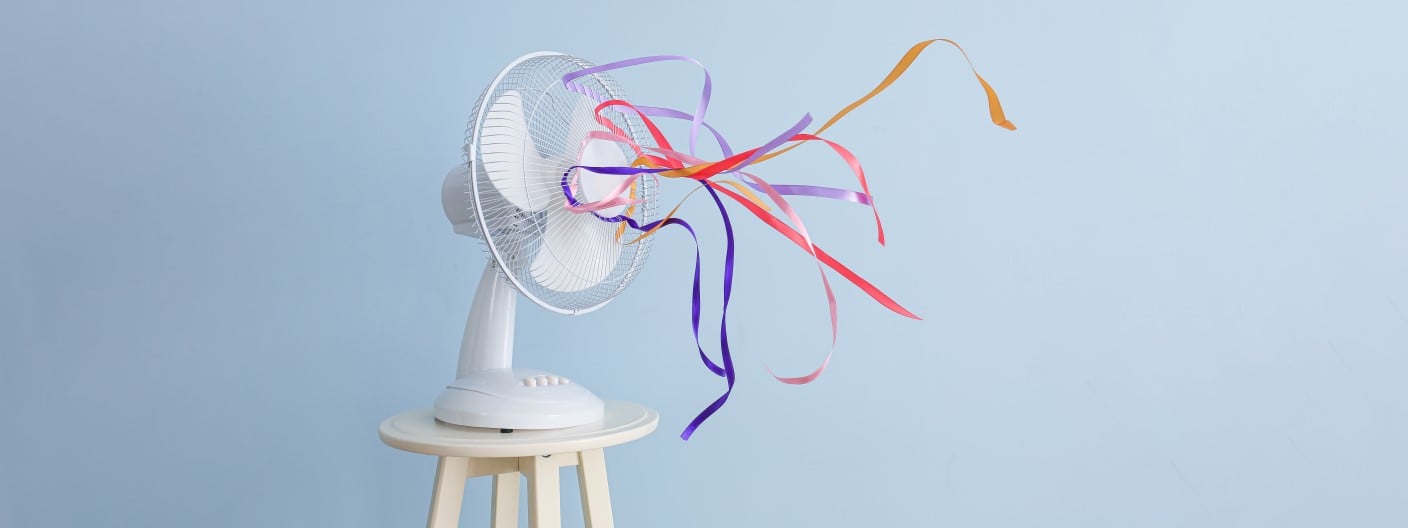Demand-controlled ventilation — Case study on comfort and energy

To achieve the best indoor climate you need to monitor and study the environmental parameters. An appropriate monitoring system can provide information and is fundamental for the energy evaluations: so you can create the best indoor climate with the use of the smallest quantity of energy.
For example, hotels are designed to work 24 hours per day 7 days in a week with the highest demand of indoor air quality, but the rooms are not occupied for all of this time.
The objectives of this research were to verify the operation of an installed system and to show the importance of the continuous monitoring of a facility. This study also explains what 'demand-controlled ventilation' (DCV) is and its effects, and how you can benefit from monitoring your indoor climate.
Written by: Francesco Errico (student)
PDF, 5.43MB




